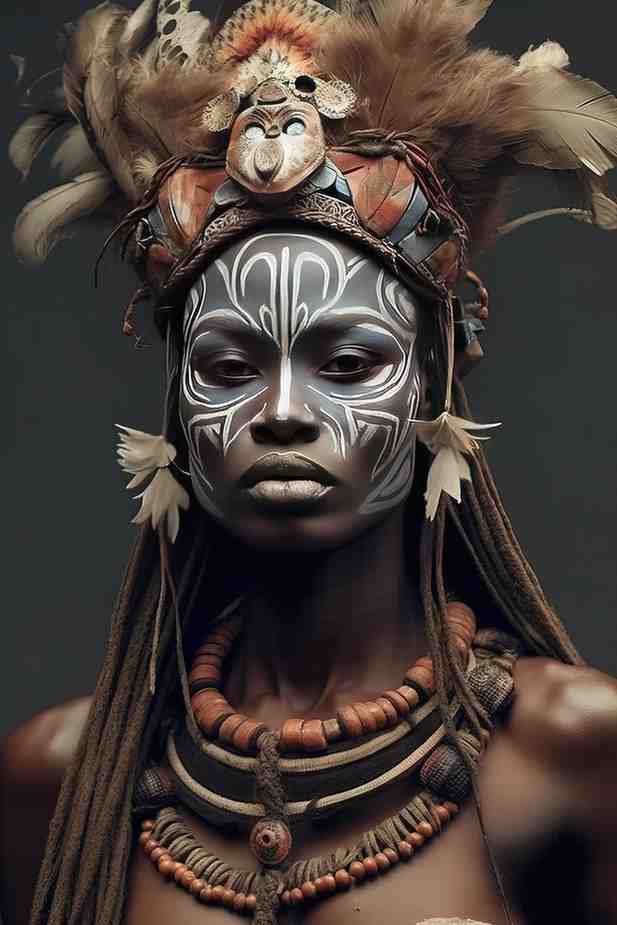The Sea Nomads: Unraveling the Enigmatic Lifestyle, Tradition, and Marriage Ceremonies of the Bajau Tribe

Introduction: In the azure waters of Southeast Asia, a nomadic tribe known as the Bajau, or Sea Gypsies, have forged a unique existence intimately tied to the ocean. With a lifestyle steeped in seafaring traditions, the Bajau people have captivated the world with their mastery of the marine realm and their rich cultural heritage. In this comprehensive exploration, we delve into the lives of the Bajau tribe, unveiling their captivating lifestyle, vibrant traditions, and the sacred rituals surrounding marriage.
I. Understanding the Bajau Tribe: 1.1. Origins and Migration: The Bajau people trace their roots back to the Austronesian expansion, with their ancestors believed to have migrated from the Philippines to the islands and coastal regions of Southeast Asia. Over centuries, the Bajau have developed a distinct cultural identity shaped by their close relationship with the sea and their nomadic lifestyle.
1.2. Diversity within the Bajau: Despite their shared heritage, the Bajau tribe comprises several distinct subgroups, each with its own dialects, customs, and geographic territories. From the nomadic Bajau Laut, who dwell primarily on houseboats and stilt villages, to the settled Bajau Darat, who inhabit coastal communities, the diversity within the Bajau tribe adds depth to their cultural tapestry.
II. The Lifestyle of the Bajau Tribe: 2.1. Sea Nomadism: At the heart of Bajau life lies a deep affinity for the ocean, earning them the moniker “Sea Nomads.” For generations, the Bajau have traversed the waters of the Coral Triangle, relying on fishing, spearfishing, and free diving to sustain themselves. Their profound understanding of marine ecosystems and navigation techniques has enabled them to thrive in some of the most remote and challenging maritime environments.
2.2. Traditional Skills and Knowledge: From a young age, Bajau children are immersed in the maritime traditions of their ancestors, learning essential skills such as boat handling, fishing techniques, and underwater hunting. Passed down through oral tradition, this indigenous knowledge forms the foundation of Bajau identity and resilience, enabling them to adapt to changing environments and preserve their way of life.
III. Tradition and Ceremony: 3.1. Cultural Beliefs and Practices: Central to Bajau culture are their spiritual beliefs, which are deeply intertwined with the sea and the natural world. Animistic beliefs, ancestor worship, and rituals honoring marine spirits play a significant role in Bajau daily life, guiding their interactions with the ocean and shaping their worldview. Ceremonies and festivals serve as occasions for community bonding, religious observance, and the transmission of cultural heritage across generations.
3.2. Coming-of-Age Rituals: Among the Bajau, coming-of-age ceremonies mark significant milestones in an individual’s life journey. For young boys, the rite of passage often involves initiation rituals that test their courage, resilience, and aptitude for seafaring. Girls may undergo ceremonies symbolizing their transition into womanhood, accompanied by teachings on traditional roles and responsibilities within the community.
IV. Marriage Ceremonies: 4.1. Courtship and Arranged Marriages: Marriage among the Bajau is a communal affair, with courtship often initiated through familial connections and community networks. Arranged marriages, facilitated by elders and respected members of the tribe, aim to forge alliances, strengthen social ties, and ensure the continuity of Bajau traditions. While parental consent is paramount, young couples are typically given some degree of autonomy in choosing their life partners.
4.2. Wedding Customs and Traditions: Bajau wedding ceremonies are vibrant and joyous affairs, characterized by elaborate rituals, colorful attire, and communal feasting. Traditional music, dance performances, and ceremonial offerings to marine spirits infuse the festivities with spiritual significance, invoking blessings for the newlyweds’ union. The exchange of symbolic gifts, such as intricately woven mats or carved wooden ornaments, symbolizes the merging of families and the beginning of a new chapter in the couple’s lives.
V. Contemporary Challenges and Preservation Efforts: 5.1. Socioeconomic Pressures: In recent years, the traditional lifestyle of the Bajau has faced growing threats from modernization, environmental degradation, and socioeconomic marginalization. Overfishing, pollution, and loss of access to traditional fishing grounds have posed significant challenges to Bajau communities, jeopardizing their food security and cultural survival.
5.2. Cultural Resilience and Adaptation: Despite these challenges, the Bajau people demonstrate remarkable resilience and adaptability, drawing on their ancestral wisdom and resourcefulness to navigate uncertain times. Initiatives aimed at sustainable resource management, community-led conservation efforts, and cultural revitalization programs empower Bajau communities to safeguard their heritage and assert their rights as custodians of the sea.
Conclusion: In the shimmering waters of Southeast Asia, the Bajau tribe embodies a timeless connection to the ocean and a rich cultural legacy shaped by centuries of seafaring traditions. Their nomadic lifestyle, vibrant ceremonies, and intricate marriage rituals offer a window into a world where the rhythms of the sea dictate the rhythm of life. As the Bajau navigate the currents of change, their resilience and cultural pride serve as a beacon of hope for preserving indigenous wisdom and harmonizing with the natural world.